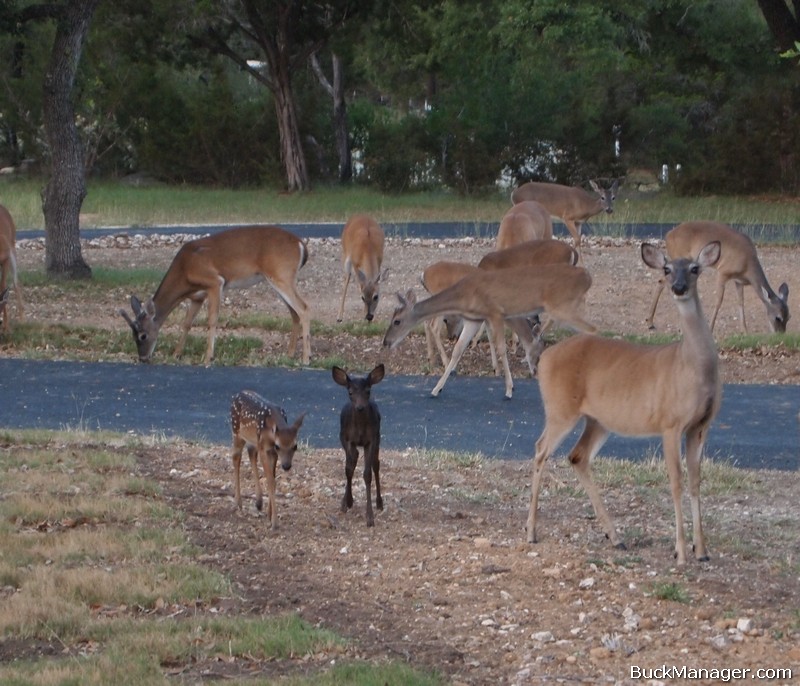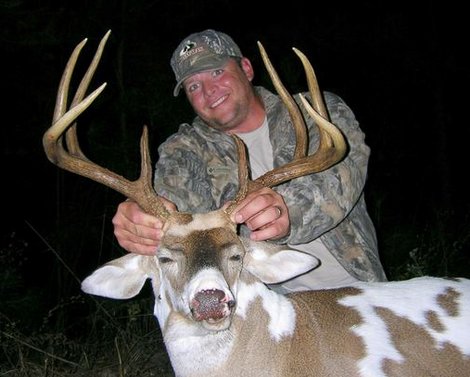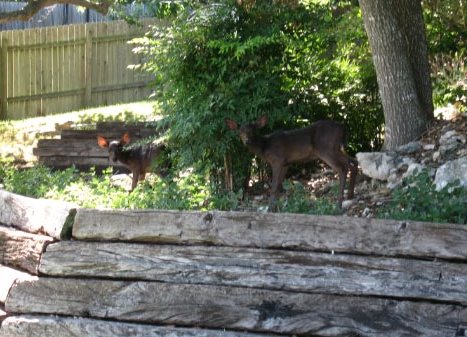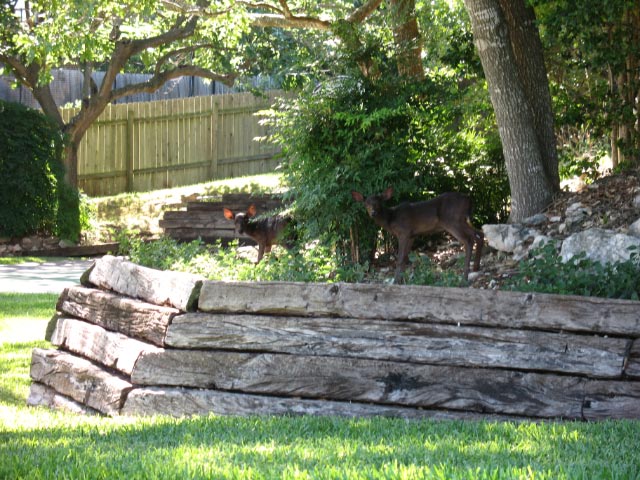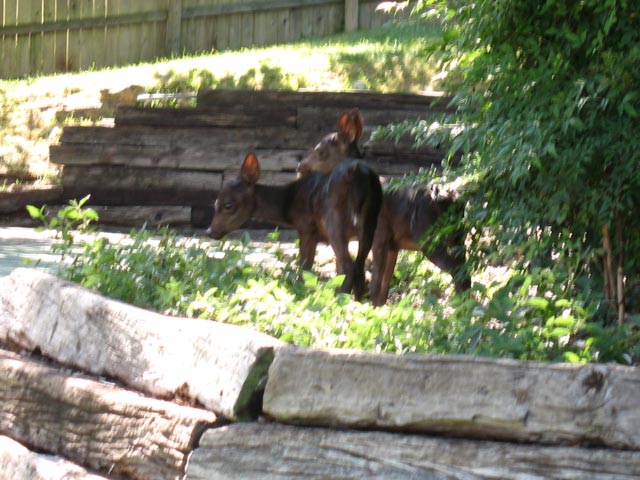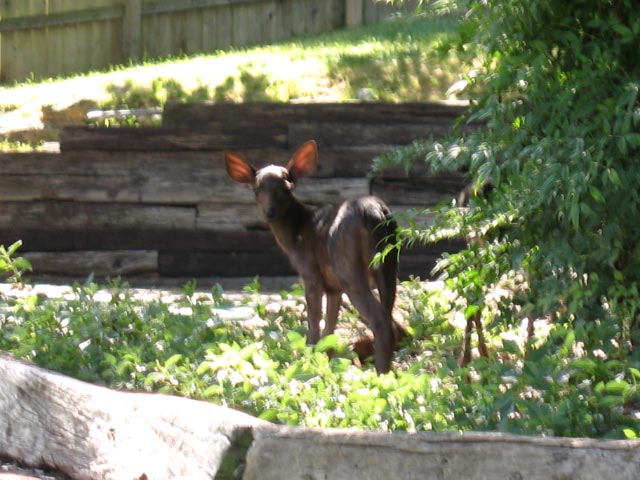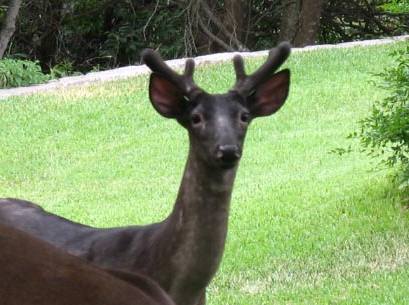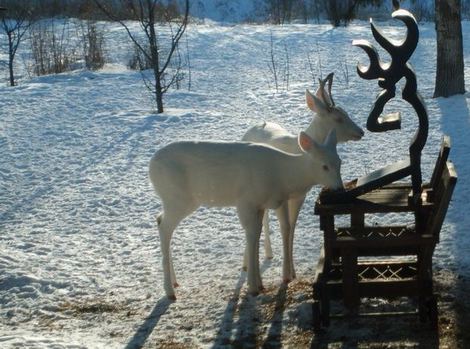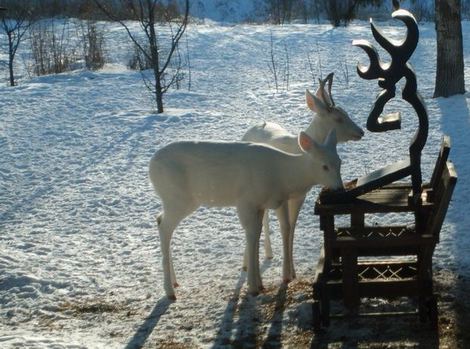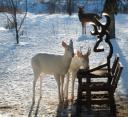The white-tailed deer population has been on quite a ride over the past century. Historical reports indicate that whitetail populations were nearly extirpated within the United States by the early 1900’s. Fast forward a hundred years, add in regulated hunting, deer management efforts and the fact that only about 8 percent of the people in the U.S. hunt, and it is not uncommon to surf the web, pick up a newspaper or drive down the road to see another instance of deer overpopulation in both rural and suburban areas.
As the number of suburban areas have increased in Texas—and elsewhere—the whitetail populations found within them have grown proportionally, sometimes exponentially. Suburban deer overpopulation is literally a growing problem, but listen closely to any debate related to controlling a suburban whitetail population and you will soon find that for every person that wants to control deer through shooting, trapping, etc., there are others that want to protect them. Continue reading “Suburban and Melanistic Whitetail Deer”
